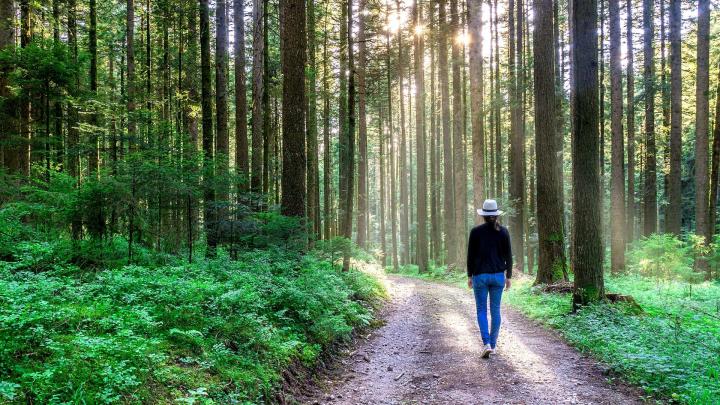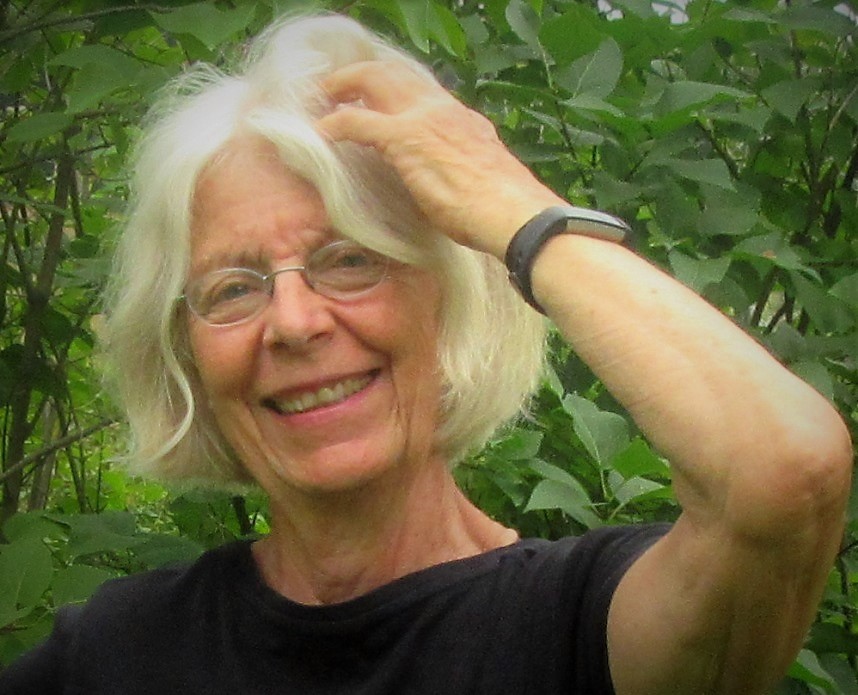
Physical and emotional benefits of turning down the noise
ADVERTISEMENT
When I bought my retirement home years ago, I considered many things, but one of the things that I didn't pay too much attention to was the level of noise in the area. To my delight I later discovered that my neighborhood is very quiet. I didn't realize how much background noise had been present in my former abodes until it wasn't there. I live on an island where there is only one main road and I live near the end of it; therefore, there is almost no traffic noise. When I leave the island, I notice the constant drone of traffic noise that I was totally oblivious to before.
Wow, this article and comments below had me in a reverie here, tracing the sound environments of my life back to childhood - each distinctly different! Thinking about it, truly, I came to appreciate them all, "even" NYC, with its non-stop traffic & sirens. It was the sound of home! :) Though perhaps nothing beat the sound of living on a river, hearing the lapping of water each morning and evening. I'm sorry, did I say I came to appreciate the sounds in all the places I've lived? There are three sounds that DRIVE ME CRAZY: the deafening sound of power lawn tools (leaf blowers & weed whackers, with gagging exhaust, to boot); generators (which also create a *really annoying* vibration felt well beyond the offending property); and the incessant barking of a chained-up dog punctuated with pathetic yelps when reaching the end of its tether. Ironically, it was only moving to semi-rural New England where, Spring through Fall, all three are now part of daily living. It's only quiet at night... when (not to change the subject but) stadium lighting at shopping plazas and auto dealers casts a milky pall across an otherwise awesome night sky.
Oh, I feel your pain! Isn't it sad that when you politely ask a neighbor to tone it down, they purposely make MORE noise just to tick you off?? How did this country become so uncivilized? Too many people living too closely together and too much stress overall have created so many problems! I hope you can find another place to live (if that is an option for you) or pray the family above you will be evicted if they are causing THAT much noise. Can your landlord do anything about the noise? (Then you may have to deal with more retaliation!) Good luck to you in dealing with your noise issue and inconsiderate neighbors.
As it turned out our former neighbor's boy has ADHD and even failed the first grade (how do you fail the first grade??). Not sure about their daughter, but they both fought a lot as siblings do. The parents were in denial at first, I think. Most kids are loud IF they are allowed to get away with being loud. I really notice this in restaurants especially. Yet I know families who have beautifully-behaved children who are NOT noisy or disruptive. It's all how they are raised from the start. The case I speak of is quite sad actually. Nice family, but a bit misguided.
One of the worst types of noise, for me, is living next door to screaming children who are naturally LOUD all the time, and who belong to parents who allow them to remain out of control. In suburbia where homes can often be close together this situation can become a nightmare. I speak from experience. My nerves were totally shot from the constant noise next door. It never ended. Once we relocated to another city, we found peace and quiet in an older wooded neighborhood where wildlife was abundant. It was the worst 5 years of my life living next door to noisy neighbors and screaming children in a new development. Never again.
I completely agree with you! I am currently living in an apartment and suffering terribly from the horribly LOUD child upstairs. Her mother is also very loud and obnoxious. The child is only two, a girl, but STOMPS about very loudly, and runs loudly indoors, all day long until late night! She begins from 6 or 7 a.m and goes until 9 or 10 at night.. often she jumps from furniture, jumps on the bed, drops heavy objects..and I can hea it all as if it were in my own apartment. I asked the mother not to do laundry at 6 a.m. and to please have her child cease the loud stomping, so they have started doing it as loudly as possible, all the time. The woman even told me that a lot of the stomping is HER, just to be obnoxious! Many times the bratty children of this world are learning it from the people who are raising them! There is no reason for a child, any child to be inconsiderately and unreasonably loud indoors! A child can be active outside, and a good parent will see to it that they have adequate play time outside and behave properly indoors. This is particularly true if one lives in crowded environments. Good parenting is a key part to children becoming good citizens.
Young children sure can and do make lots of noise—playing, trying new things, clamoring for attention, fighting, getting hurt, shouting for joy over some new discovery...
Depending on both the circumstances at hand and your perspective, children's noise can seem musical (even magical) or downright annoying.
I'm not really sure if the kids in your old neighborhood were especially ill-behaved and left to run amok, or simply engaging in normal, exuberant childhood behavior that sometimes needs temperng by a caring parent or other adult.
But K.J., since you say children are "naturally loud" (which would include each of us at one period of our lives), would you have parents "control" this natural behavior? If so, how, and to what degree?
No doubt you deserve your quiet wooded environment. Everyone needs a peaceful refuge from whatever noise disturbs their peace of mind.
I find that sitting beside a mountain stream produces a calmness beyond compare. Although not silent, the cascading water is extreemly soothing.
I sometimes hear music in the water!









